Safety Best Practices
Flame-Resistant Clothing Misconceptions
Building a Competency Program
Safety Best Practices

Vineyard Wind Blade Debris Still Washing Ashore
Weeks after an incident involving a broken wind turbine blade, debris from Vineyard Wind's project continues to wash ashore, raising concerns about the environmental impact and operational practices of this major offshore wind farm. The ongoing situation highlights the challenges associated with large-scale renewable energy projects and underscores the need for robust measures to address potential risks.
The Incident
The Vineyard Wind project, located off the coast of Massachusetts, represents a significant advancement in the...
Related Articles
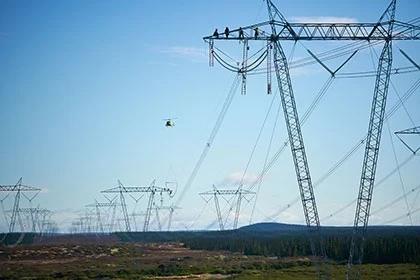
Building a Competency Program
At Valard, our people are the core and health of our business. Without our people, we have nothing. In fact, one of our slogans is “People. First.” However, being a people company means some of our biggest challenges are created by people. Our challenges are unique, as is each person...
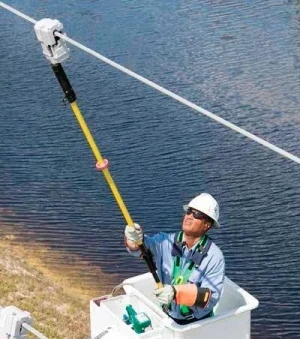
The Right Vendor Partnerships Positively Impact Line Crew Safety
A variety of factors influence the safety of those who work on utility lines. Many of the items are standard and likely on everyone’s line worker safety checklist. But there’s one that may not be top-of-mind when considering how to keep linemen and linewomen safe — the influence...

Why Moisture-Wicking FR Layering Systems Offer Superior Protection and Comfort
Every layer of apparel you wear on the job, matters. A layering system is designed specifically to work together, layer by layer, to keep you dry, warm, and protected.But the layers you wear on the job are only as effective as the materials they are manufactured with and their inherent design...
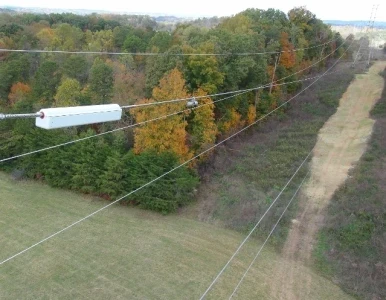
The End of the Road for Transmission Incentives
In a significant shift, the Federal Energy Regulatory Commission (FERC) has decided to abandon its transmission incentives policy, particularly the construction work in progress (CWIP) incentives. This decision marks a pivotal change in how transmission projects are financed and regulated,...
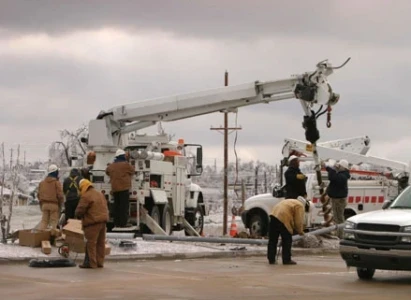
Battery Fires Pose Minor Environmental Risks, ACP Report Finds
Battery fires in large-scale energy storage systems (BESS) have raised concerns, but a recent review by the American Clean Power Association (ACP) found that such incidents pose only minor environmental risks. According to a third-party analysis of U.S. battery fires since 2012, these fires did not...

New York's Path to 8.5 GW of Grid Flexibility by 2040
New York State's transition to a clean, zero-emissions energy grid could include up to 8.5 gigawatts (GW) of grid flexibility by 2040, according to a new report from the Brattle Group. This projection, while contingent on achieving ambitious decarbonization goals, illustrates how the state could...
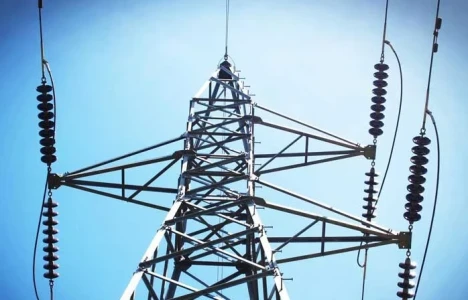
FERC Complaint Targets Duke, PJM Transmission Planning
A coalition of large energy consumers and ratepayer advocates has filed a complaint with the Federal Energy Regulatory Commission (FERC), urging the agency to prohibit transmission owners from independently planning "local" transmission projects exceeding 100 kilovolts (kV). The coalition argues...

12 Tips to Protect Against Common Lineworker Safety Hazards
Lineworkers face numerous risks daily, from respiratory ailments to electrical hazards. These dangers can result in severe injuries, low blood pressure, bleeding, and vomiting. However, by adhering to established safety protocols, contractors and employers can significantly reduce the likelihood of...

How Dangerous is Linemen Work?
Many occupations pose risks to workers, but few match the dangers that linemen face daily. Linemen play a critical role in maintaining and restoring the power grid, often working in extreme weather conditions, at significant heights, and around high-voltage electrical systems. Their work is...
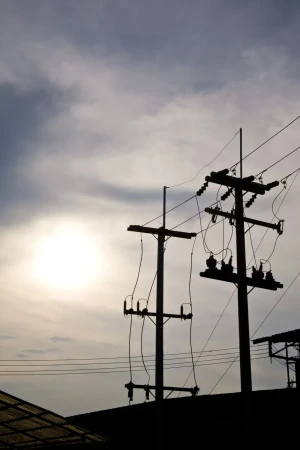
FERC Rejects PJM Transmission Planning Change
The Federal Energy Regulatory Commission (FERC) has rejected a proposal from PJM Interconnection, one of the United States' largest regional transmission organizations, to alter its transmission planning protocol. The decision represents a significant victory for state regulators who had expressed...
